Japanese Interpretations
________________________________________________________________________________________________________________________________________________________________
The comic portrayals of Westerners illustrated Japanese fear and curiosity of foreigners.
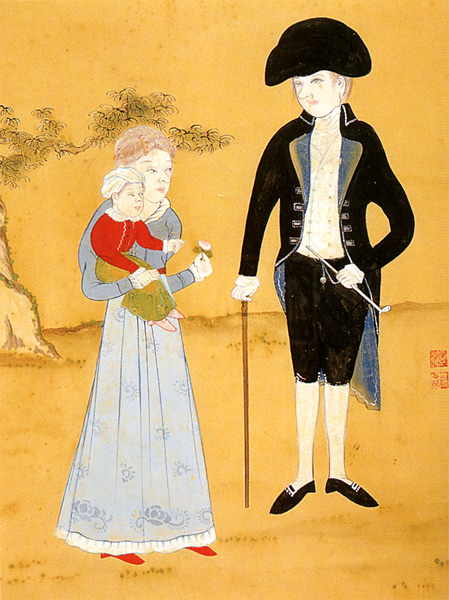
Dutch Family
Jo Girin [1800]
Peabody Essex Museum
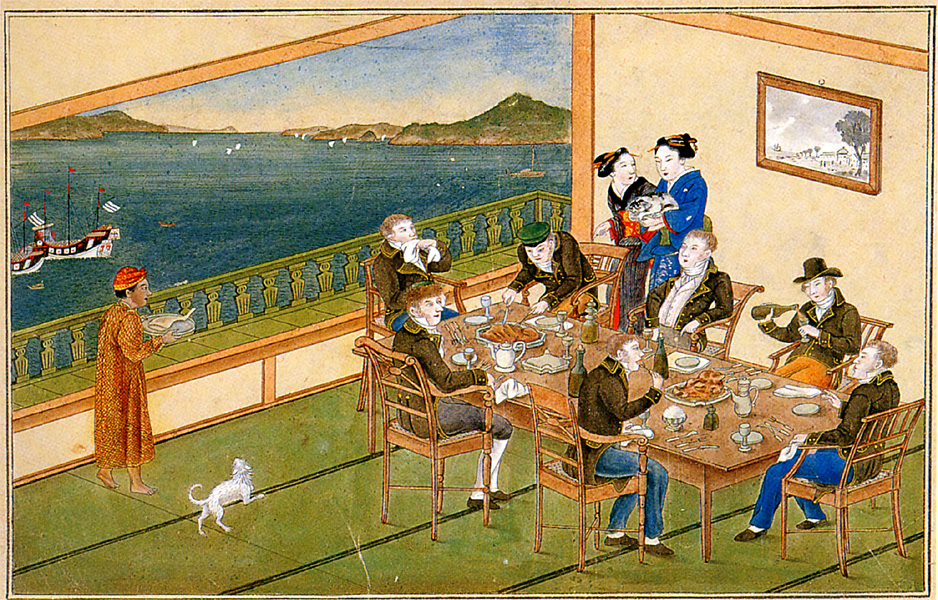
Dutch Dinner Party
Kawahara Keiga [n.d.]
Peabody Essex Museum

Dutch "Surgery"
Unknown artist [n.d.]
Kobe City Museum
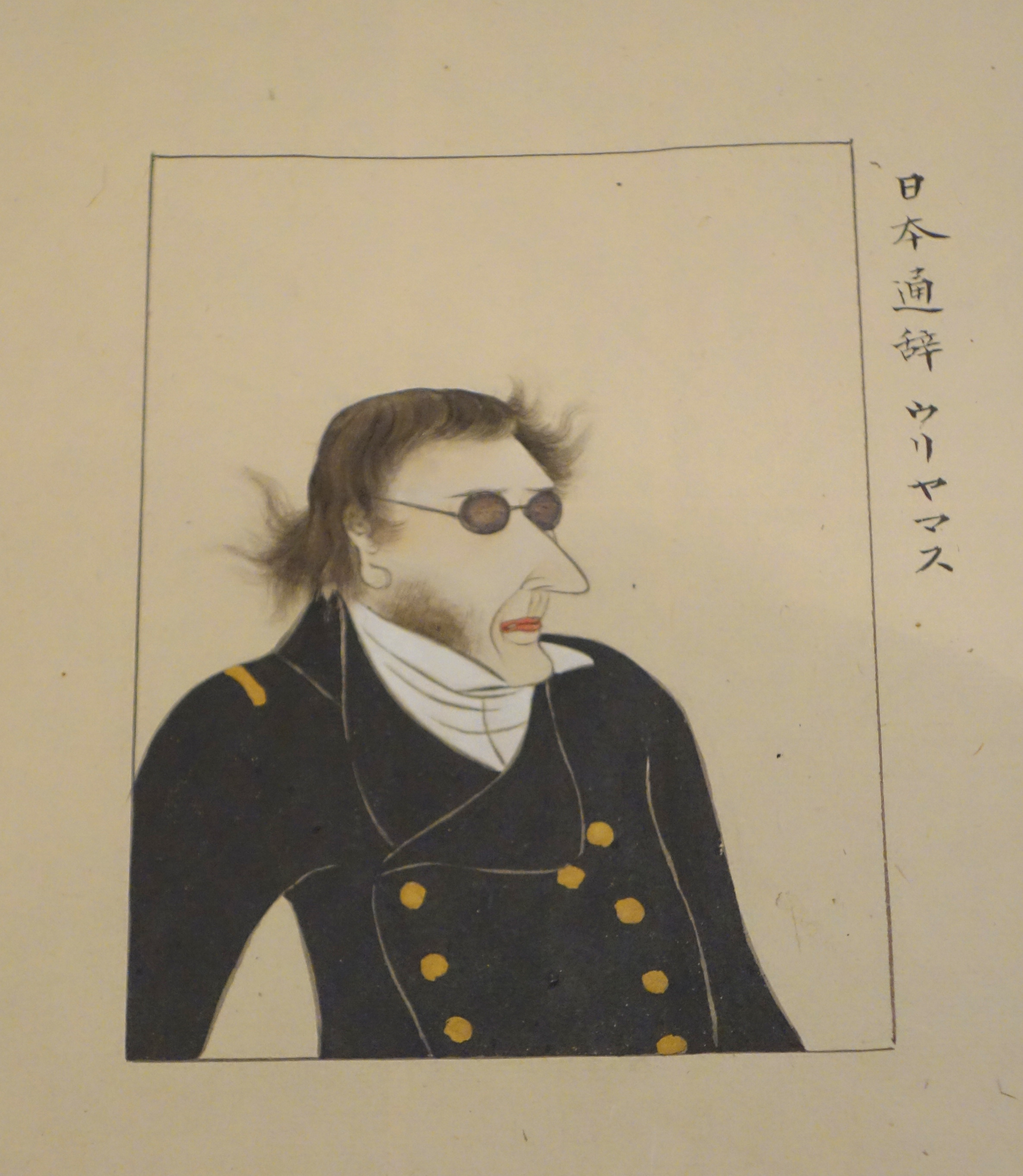
Translator Samuel W. Williams
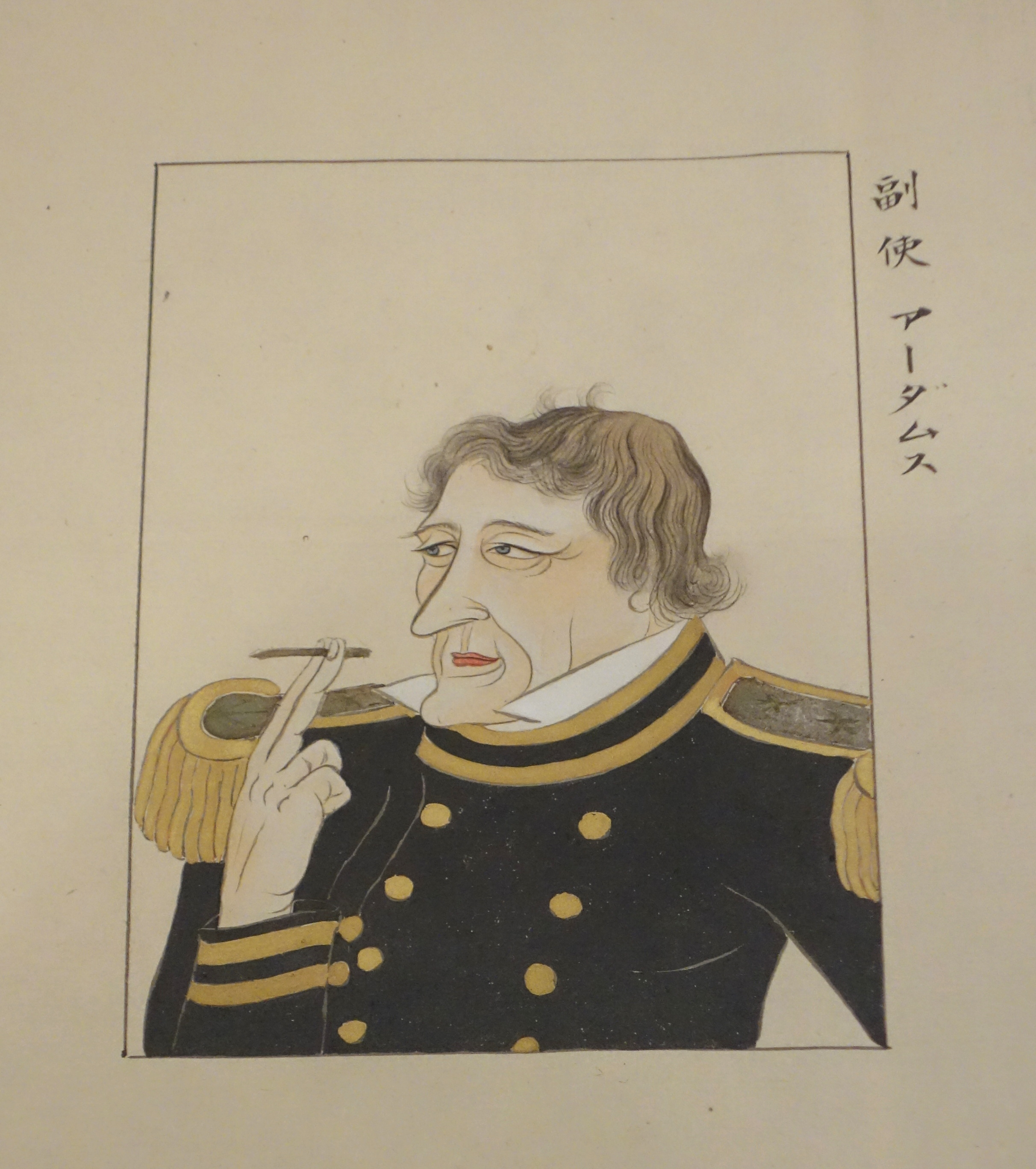
Commander Henry A. Adams
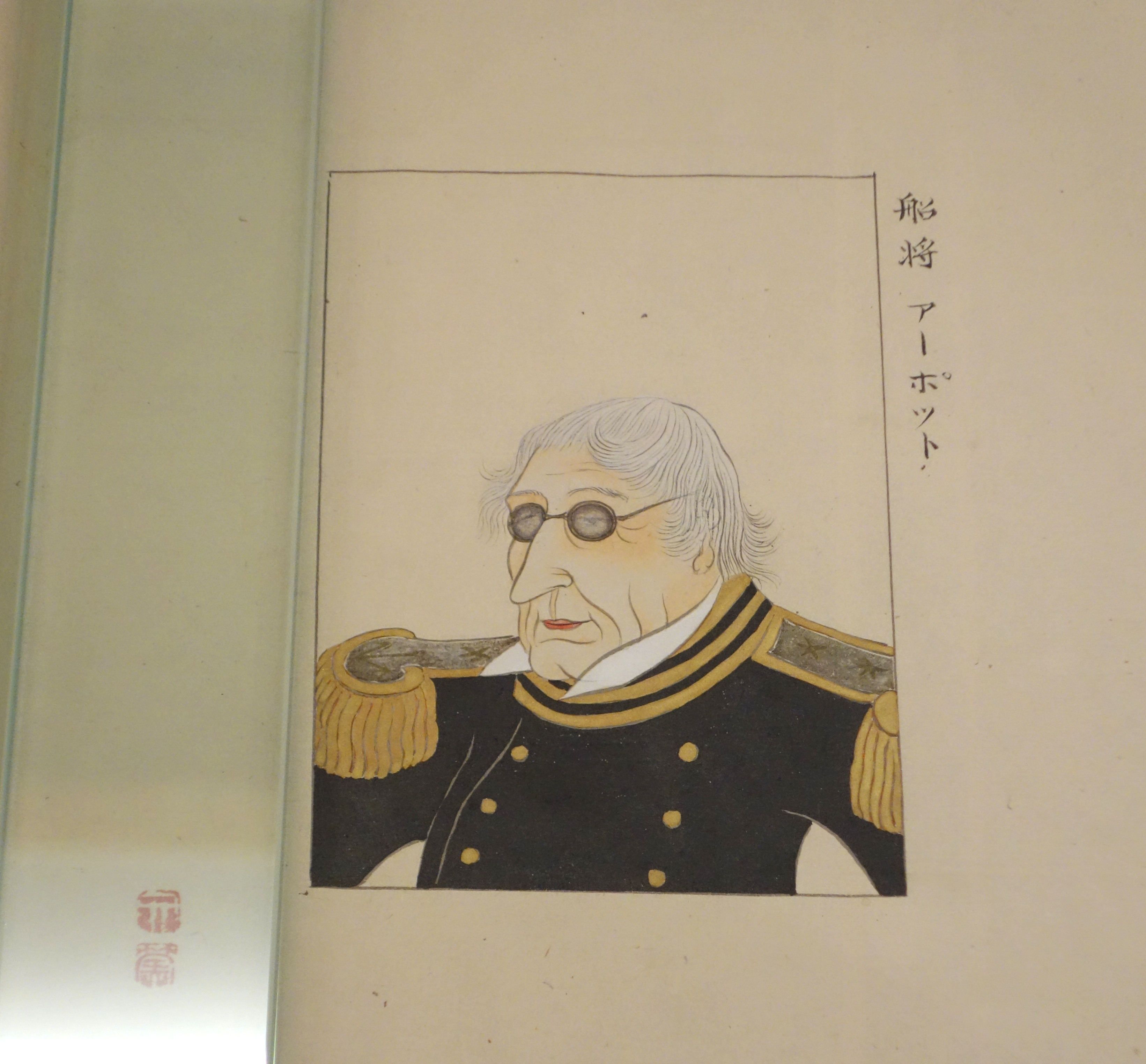
Captain Joel Abbot
Commodore Matthew Perry and Five Officers (Three above)
Hibata Osuke [1854]
Sanada Treasure Museum
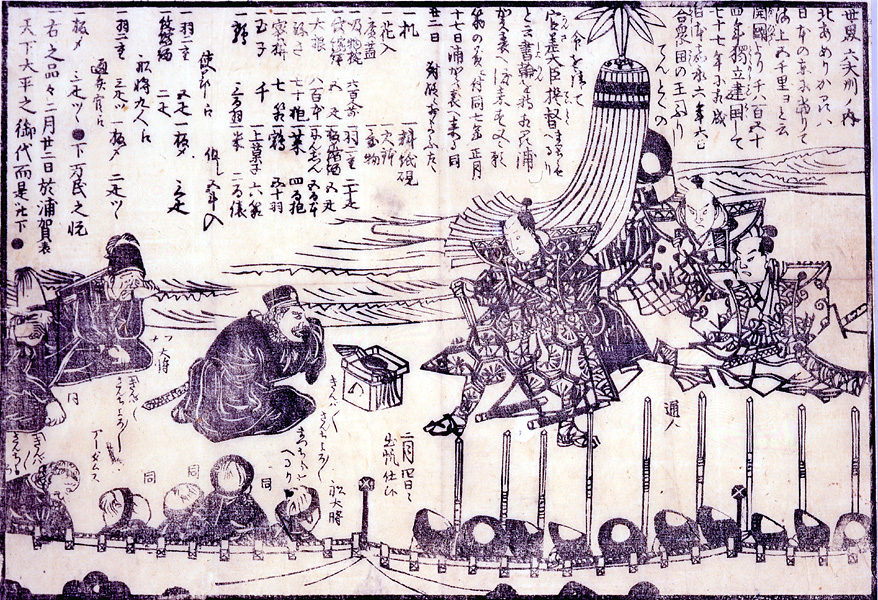
Perry Prostrating before an Official
Unknown artist [1854]
Ryosenji Treasure Museum
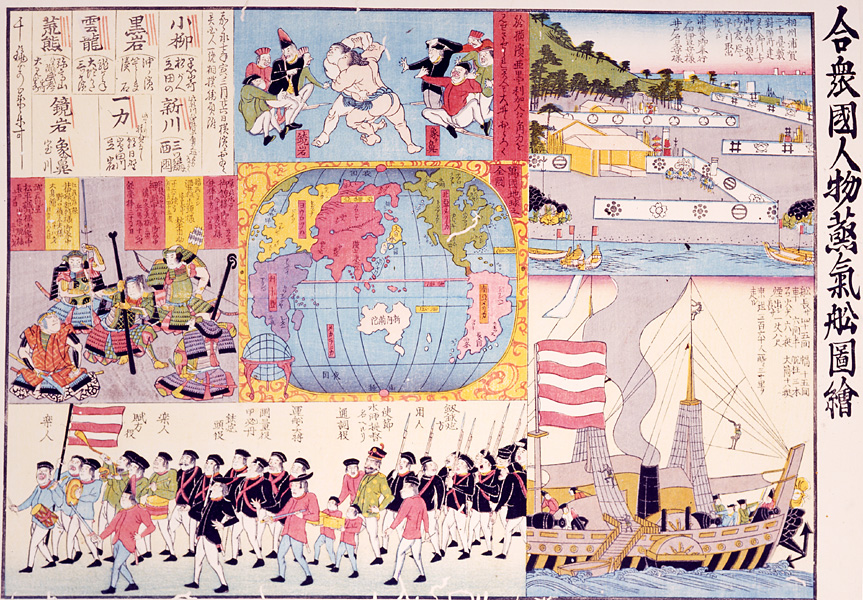
Pictorial Depiction of American People and Steamship
Unknown artist [1854]
Ryosenji Treasure Museum
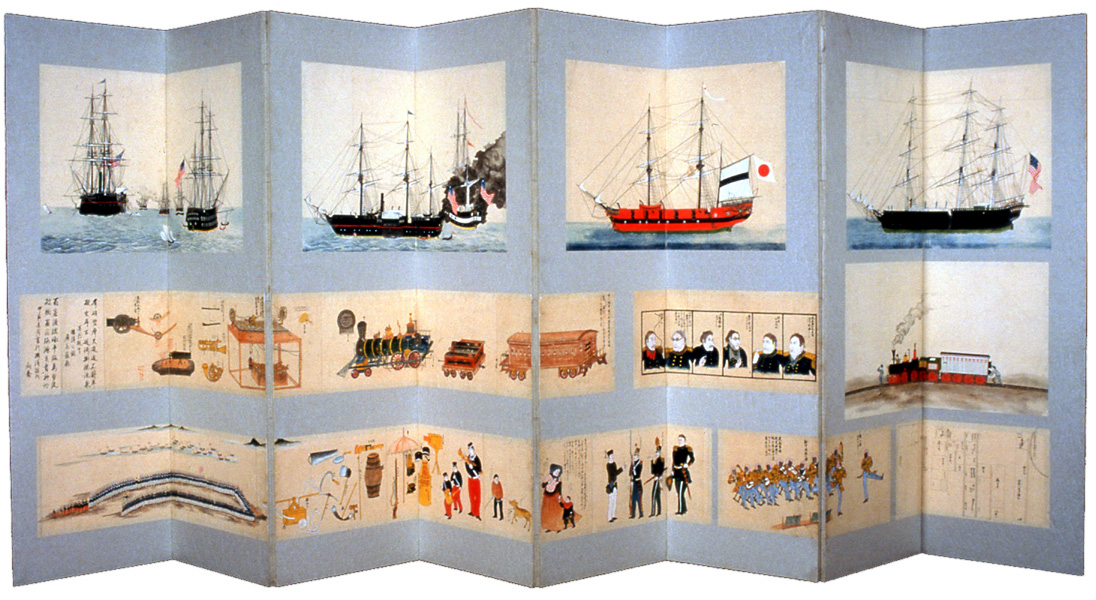
Assembled Pictures of Commodore Perry's Visit
Unknown artist [n.d.]
Shiryo Hensanjo, University of Tokyo

Perry's Troops in Yokohama (Kanagawa)
Unknown artist [1854]
Shiryo Hensanjo, University of Tokyo
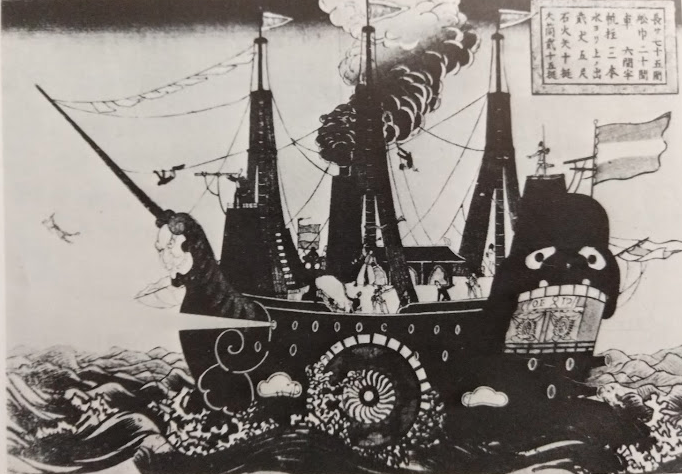
One of Perry's "Black Ships"
Unknown artist [n.d.]
Kanagawa Prefectural Museum
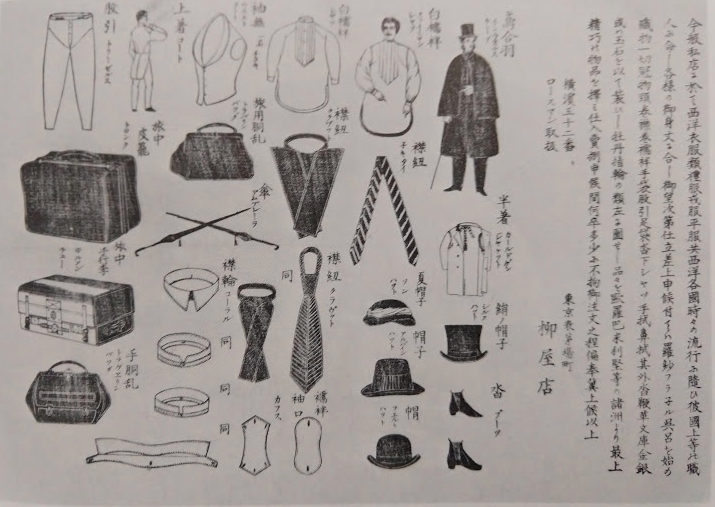
Japanese Chart on Western Dress Sense
Unknown artist [n.d.]
Heibonsha Press
________________________________________________________________________________________________________________________________________________________________